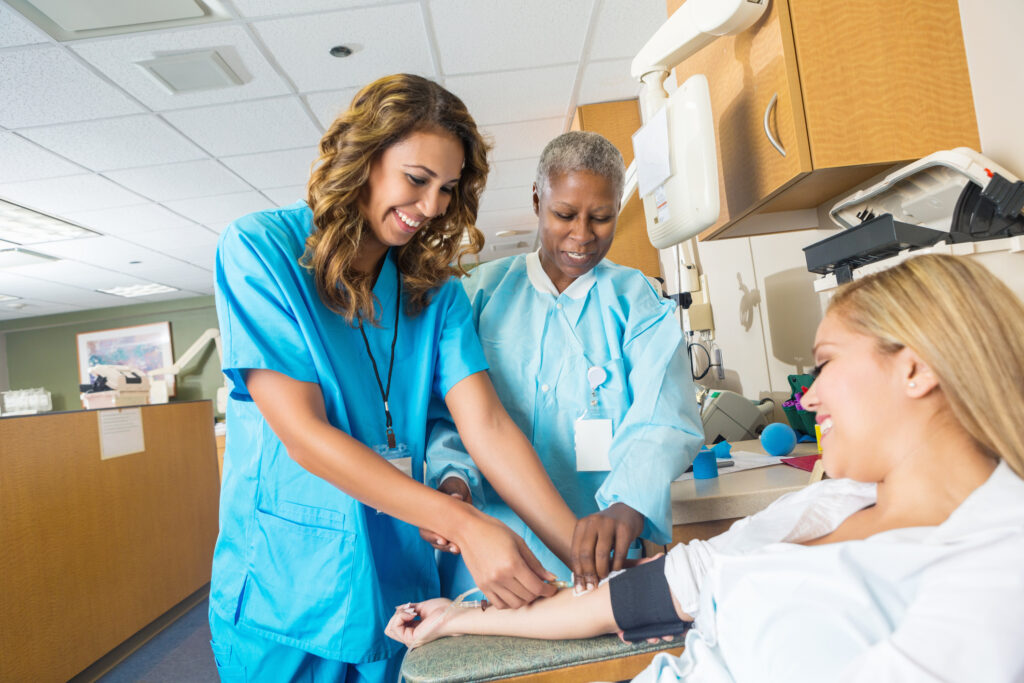Northeast Medical Institute - New Haven Campus Phlebotomy Course & Cna Class Things To Know Before You Get This
Northeast Medical Institute - New Haven Campus Phlebotomy Course & Cna Class Things To Know Before You Get This
Blog Article
Fascination About Northeast Medical Institute - New Haven Campus Phlebotomy Course & Cna Class
Table of ContentsThe Ultimate Guide To Northeast Medical Institute - New Haven Campus Phlebotomy Course & Cna ClassThe smart Trick of Northeast Medical Institute - New Haven Campus Phlebotomy Course & Cna Class That Nobody is Talking AboutNortheast Medical Institute - New Haven Campus Phlebotomy Course & Cna Class Fundamentals ExplainedHow Northeast Medical Institute - New Haven Campus Phlebotomy Course & Cna Class can Save You Time, Stress, and Money.The Basic Principles Of Northeast Medical Institute - New Haven Campus Phlebotomy Course & Cna Class Some Known Details About Northeast Medical Institute - New Haven Campus Phlebotomy Course & Cna Class
The use of such gadgets ought to be accompanied by other infection avoidance and control techniques, and training in their usage. Not all security devices apply to phlebotomy. Prior to choosing a safety-engineered device, individuals should extensively examine offered tools to determine their proper use, compatibility with existing phlebotomy methods, and efficiency in safeguarding team and people (12, 33).For setups with low sources, expense is a motoring aspect in procurement of safety-engineered tools. Where safety-engineered tools are not readily available, competent usage of a needle and syringe is acceptable.
Among the necessary pens of quality of care in phlebotomy is the involvement and teamwork of the patient; this is mutually useful to both the wellness worker and the client. Clear information either composed or verbal must be readily available per patient who goes through phlebotomy. Annex F offers sample text for describing the blood-sampling treatment to a client. labelling); transportation problems; analysis of results for clinical management. In an outpatient department or center, give a devoted phlebotomy cubicle containing: a clean surface with two chairs (one for the phlebotomist and the various other for the patient); a hand clean basin with soap, running water and paper towels; alcohol hand rub. In the blood-sampling room for an outpatient division or facility, supply a comfy reclining couch with an arm remainder.
The Main Principles Of Northeast Medical Institute - New Haven Campus Phlebotomy Course & Cna Class
Make sure that the indicators for blood tasting are clearly defined, either in a created method or in documented directions (e.g. in a research laboratory type). Accumulate all the devices required for the procedure and area it within safe and simple reach on a tray or cart, guaranteeing that all the items are plainly visible.
Where the individual is grown-up and aware, follow the steps laid out listed below. Introduce yourself to the client, and ask the person to state their full name. Check that the lab type matches the client's identification (i.e. match the person's details with the lab type, to make certain exact identification). Ask whether the patent has allergies, fears or has actually ever before collapsed throughout previous shots or blood attracts.
Make the individual comfy in a supine setting (if possible). The person has a right to reject an examination at any kind of time prior to the blood tasting, so it is important to make sure that the person has understood the treatment - CNA Classes.
The smart Trick of Northeast Medical Institute - New Haven Campus Phlebotomy Course & Cna Class That Nobody is Discussing
Extend the individual's arm and inspect the antecubital fossa or forearm. Find a blood vessel of a great dimension that shows up, straight and clear. The diagram in Area 2.3, reveals common settings of the vessels, yet many variants are feasible. The typical cubital capillary exists in between muscles and is normally one of the most simple to penetrate.
DO NOT insert the needle where veins are diverting, because this increases the possibility of a haematoma. Finding the capillary will assist in identifying the appropriate size of needle.
Specimens from main lines lug a danger of contamination or wrong lab test outcomes. It is acceptable, however not perfect, to attract blood samplings when first presenting an in-dwelling venous tool, before attaching the cannula to the intravenous fluids.
The Northeast Medical Institute - New Haven Campus Phlebotomy Course & Cna Class PDFs
Failure to enable adequate call time increases the risk of contamination. DO NOT touch the cleaned up site; in specific, DO NOT place a finger over the vein to lead the shaft of the exposed needle.
Ask the person to create a hand so the capillaries are more popular. Go into the vein swiftly at a 30 degree angle or less, and continue to present the needle along the blood vessel at the simplest angle of entrance - Phlebotomy Classes. Once sufficient blood has been gathered, release the tourniquet prior to taking out the needle
Northeast Medical Institute - New Haven Campus Phlebotomy Course & Cna Class Things To Know Before You Get This
Withdraw the needle carefully and apply mild pressure to the website with a clean gauze or completely dry cotton-wool sphere. Ask the client to hold the gauze or cotton woollen in place, with the arm expanded and raised. Ask the individual NOT to flex the arm, because doing so creates a haematoma.

How Northeast Medical Institute - New Haven Campus Phlebotomy Course & Cna Class can Save You Time, Stress, and Money.
Where feasible, maintain the tubes a knockout post in a rack and move the rack towards you - https://www.huntingnet.com/forum/members/northeastmed.html. If the sample tube does not have a rubber stopper, inject extremely gradually right into the tube as decreasing the pressure and velocity made use of to transfer the specimen lowers the threat of haemolysis.

Report this page